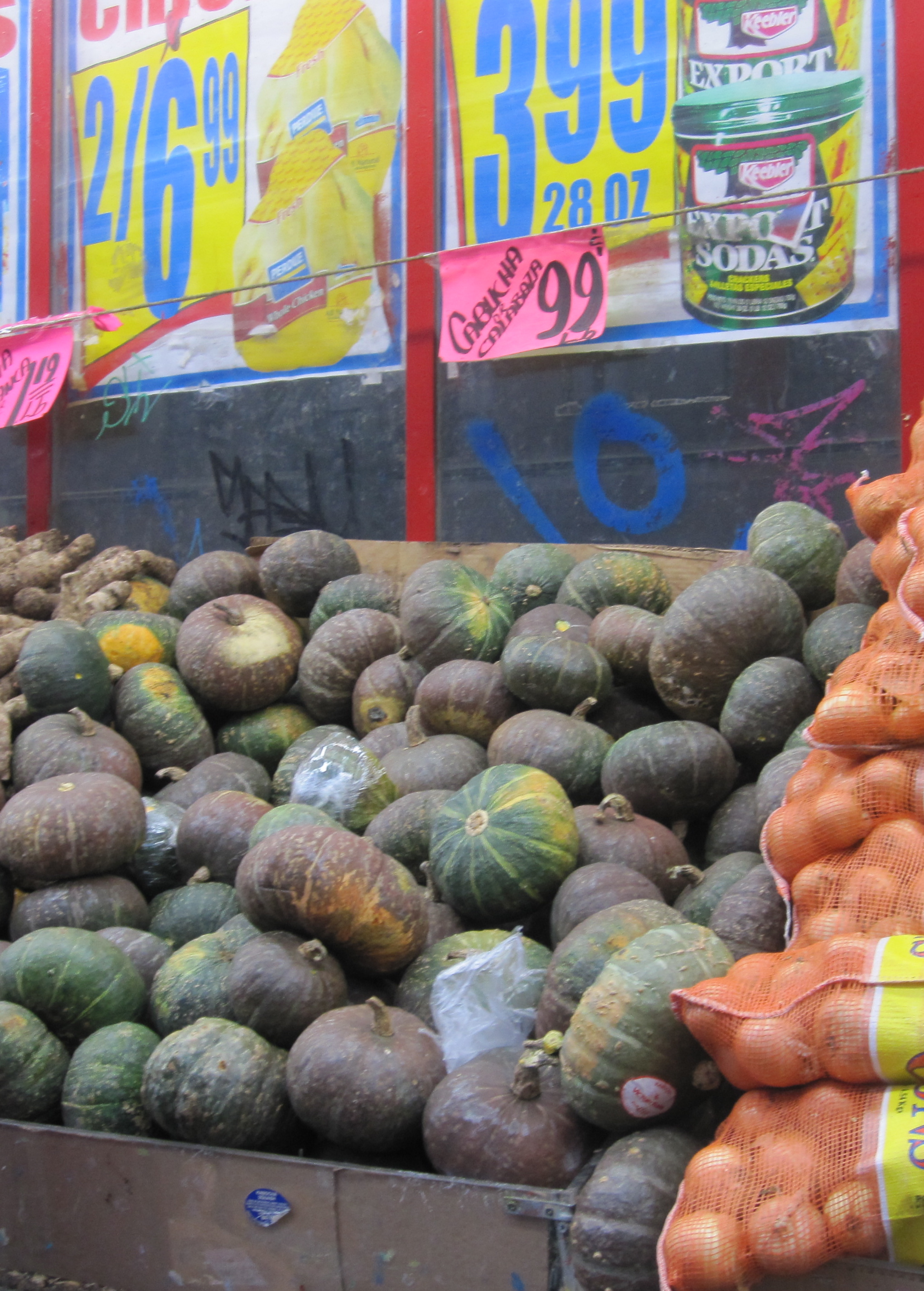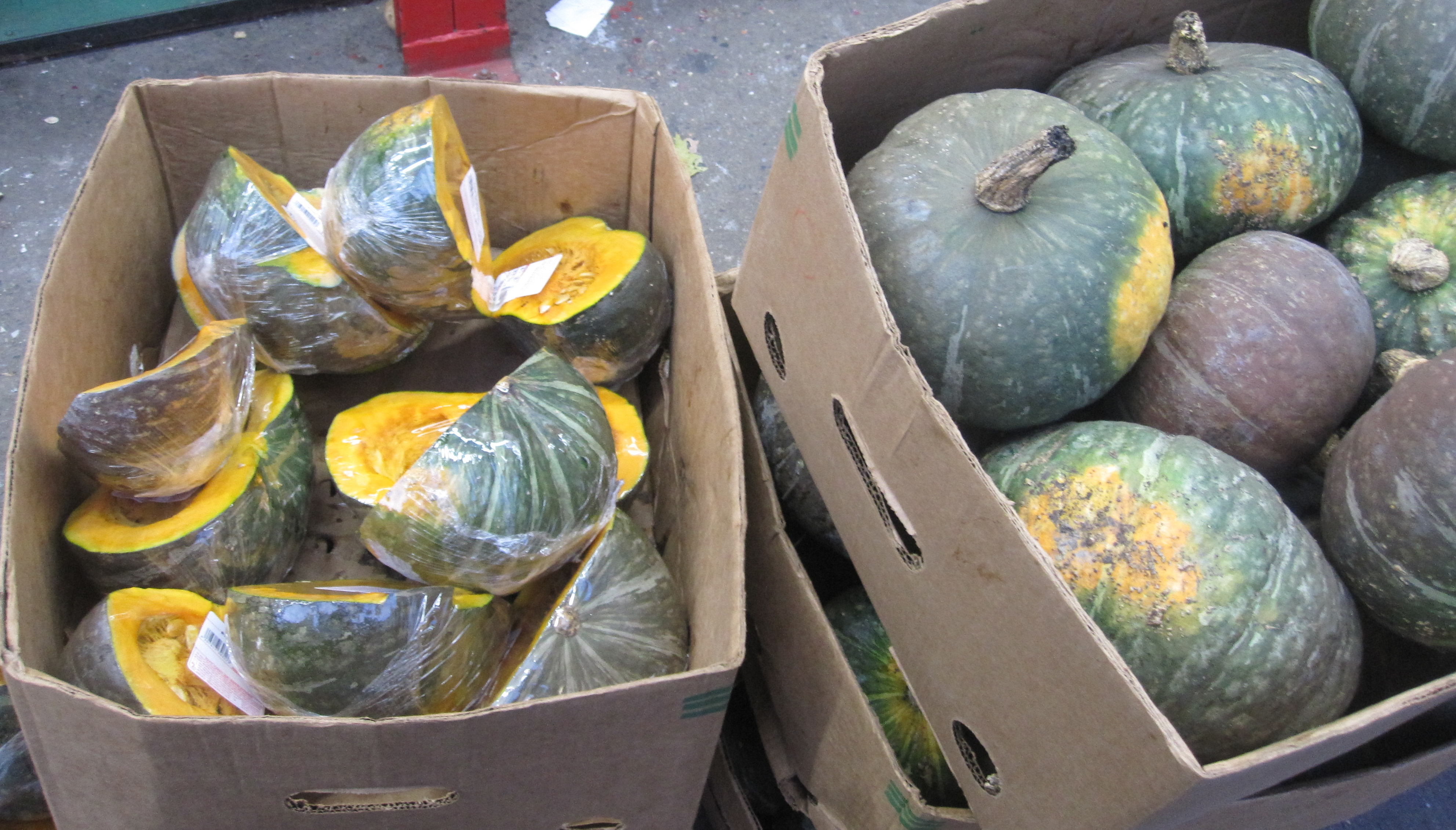BY Eileen Z. Fuentes
 I was reminded that fall had made its prompt arrival when I stepped outside this week and had to turn back in to get my jacket. The air has now become crisp and the leaves are beginning to change colors. I am excited because while I love the summer, I do look forward to the change in season. There are new activities to enjoy, I have an excuse to shop but more importantly I look forward to the baked, stewed and decadent comfort foods that autumn offers us. I have already planned my apple-picking trip and am totally dreading the closet project that awaits me. I’m now gearing up to bring you more articles for my Uptown SOUL (Seasonal, Organic, Unprocessed, and Local) food series. I can’t wait to share with you the benefits of greens, grains, root vegetables, nuts, healing herbs, warming spices, and holiday recipes.
I was reminded that fall had made its prompt arrival when I stepped outside this week and had to turn back in to get my jacket. The air has now become crisp and the leaves are beginning to change colors. I am excited because while I love the summer, I do look forward to the change in season. There are new activities to enjoy, I have an excuse to shop but more importantly I look forward to the baked, stewed and decadent comfort foods that autumn offers us. I have already planned my apple-picking trip and am totally dreading the closet project that awaits me. I’m now gearing up to bring you more articles for my Uptown SOUL (Seasonal, Organic, Unprocessed, and Local) food series. I can’t wait to share with you the benefits of greens, grains, root vegetables, nuts, healing herbs, warming spices, and holiday recipes.
One of my fall favorite vegetables is calabaza squash, although your local grocer may refer to it as auyama, the common Spanish name. As defined in fruitsandveggiesmatter.com, calabaza squash is a pumpkin-like vegetable that is round in shape and varies in size. It comes in an array of colors such as green, tan, red and orange. This particular variety is popular in the Caribbean as well as Central and South America. Due to it’s tough skin, you will usually find in chopped in chunks and wrapped in plastic. I always find this beneficial because it makes the selection process easier. You can see and therefore choose pieces with moist, unblemished flesh and a bright interior orange color (which helps to protect our skin against sun damage). It is loaded with vitamins B1 and C, folic acid, fiber, and potassium. It has many health-promoting benefits and is proven effective against heart disease, type 2 diabetes, birth defects, and all cancers particularly those in the lungs. Whole calabaza squash may be stored in a cool, dry space for up to 6 weeks or stored in the refrigerator for up to a week. If you do purchase it whole, follow these directions to peel the skin and then scoop out the seeds with a spoon and you’re good to go.
A couple weeks ago, I featured a story about my grandfather and his unintentional longevity plan. This time I had the opportunity to speak to his wife who prepares all his home-cooked meals. I asked her what she does with this amazing vegetable and she responded, “what don’t I do with it?” She told me that she serves it baked, roasted, mashed, turns it into soup, fries it and can even turn it into a cake. My favorite way to use it is in beans, a staple in our home. The truth is that calabaza squash can be substituted for most squash and pumpkin recipes. For a load of delicious and healthy recipes, many of which include calabaza squash, I suggest you purchase one of my new favorite cookbooks, Viva Vegan by Terry Hope Romero. I recently met her while hosting the Latino Health Conference presented by OrganicHispanicHealth.com. This is a great choice for those looking to improve their health by incorporating more plant-based meals into their diets.



Unity carrie
October 12, 2010 at 7:04 pmI love Calabaza. We, too, use it in every bean dish we make (and believe me that’s a lot of beans, at least 4 different varieties a week). I love potaje de garbanzos con calabaza. I also love it mashed (o pure) with a garlic and onion sofrito (sautee). I have been eating calabaza weekly since my first solid food introduction.
Thanks for the Calabaza shout out. Happy Autumn Harvest!
Unity carrie
October 12, 2010 at 7:06 pmPS/ Calabaza, calabaza
cada cual pa’ su casa!!!!
Eileen
October 12, 2010 at 8:16 pmI like that…very catchy 🙂
Adriana
October 19, 2010 at 9:46 pmThanks for the info Eileen! Is it safe to say that I’m your biggest fan???!!! 🙂
you rock!
Eileen
October 19, 2010 at 9:56 pmVery safe indeed Adriana! The feeling is definitely mutual!